From pv magazine Global
A Dutch consortium has developed a mobile agrivoltaic system that is claimed to improve soil quality and biodiversity of agricultural fields.
Called H2arvester, the first prototype has been deployed on sugar beet land in Oude-Tonge, South Holland, and was inaugurated last week by Netherlands’ Agriculture Minister, Henk Staghouwer.
“The solar car concept was developed four years ago by my company and two other partners,” Marcel Vroom, responsible for design and business development at design services provider Npk design, told pv magazine. The other two companies are L’orèl Consultancy and LTO Noord. “At the moment, there are two pilots being tested, the one in Oude-Tonge and one in Lelystad, at the research farm of the Wageningen University. Both systems will be operating for one year to test the effect on the yield and the land, to show that there will be no loss of agricultural production.”
The local farmer Jacob Jan Dogterom invested €166,000 in the system located in Oude-Tonge, which consists of four solar cars hosting a total of 168 solar panels and an irrigation system that can also provide water to the surrounding area. “It is a pilot project, the investment is far from being complete. We will continue to build it and if we can develop this on a mass scale, it will only become cheaper,” the consortium said.
InnovationQuarter, the regional economic development agency for the Province of Zuid-Holland, subsidized around half of the project’s costs.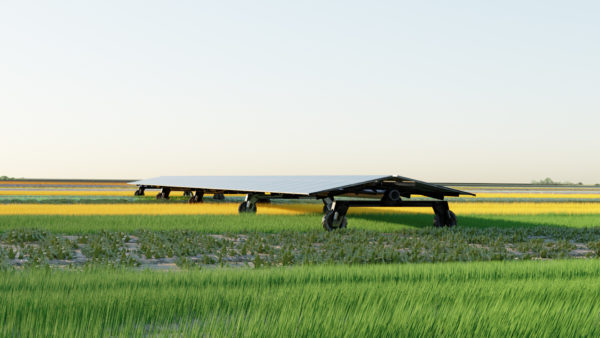
Each car measures 12×6 m and is able to move slowly, at a pace of 10 meters per hour, and, during harvesting, it can be moved to the side. According to its developer, the system should cover up to 10% of an agricultural field, which would thus not lose its agricultural purpose. “They are movable arrays of solar panels, assembled on lightweight structures and supported on wheels, moving in pre-defined directions,” Vroom further explained.
The system could also be combined with an electrolyzer to produce hydrogen, which could then be used as a green fuel for agricultural applications. Residual heat coming from hydrogen generation may also be used to dry crops, such as oats, grass and alfalfa.”The solution to convert the generated kWh directly into hydrogen not only provides an autonomous production plant, but is also a solution to the need to balance the production and use of generated energy without worrying about reinforcements of the electricity network,” said Robert Jacobs, energy specialist at L’orèl Consultancy.
The project is part of the H2GO Program, which is an innovation program supporting the combination of electricity and green hydrogen. Partners of the projects are Kitepower, Npk design, L’orèl Consultancy, Rho, Accenda and TU Delft, among others. According to its creators, H2arvester is a circular energy model for a local and regional economy.
This content is protected by copyright and may not be reused. If you want to cooperate with us and would like to reuse some of our content, please contact: editors@pv-magazine.com.
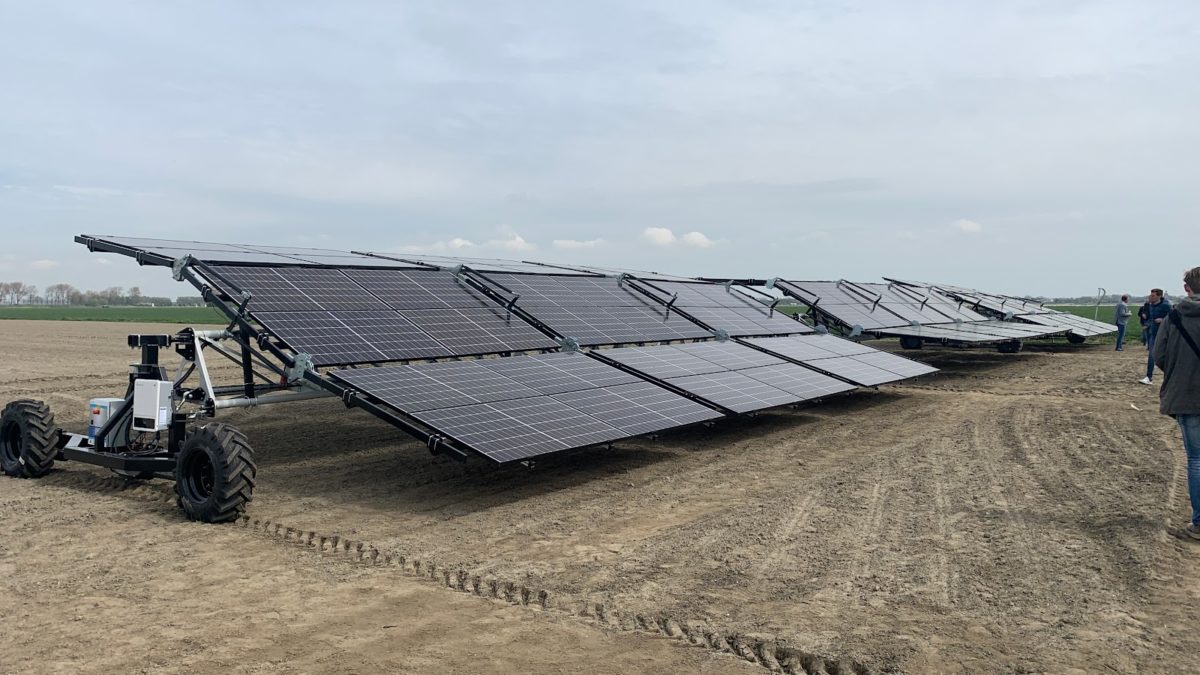




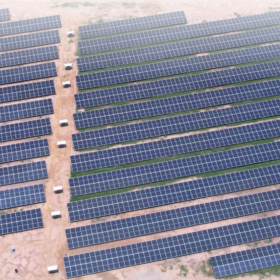
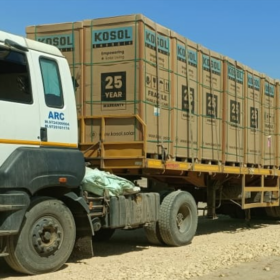

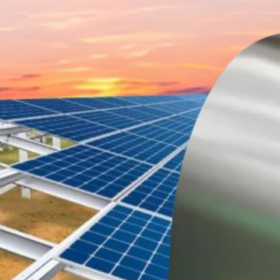
3 comments
By submitting this form you agree to pv magazine using your data for the purposes of publishing your comment.
Your personal data will only be disclosed or otherwise transmitted to third parties for the purposes of spam filtering or if this is necessary for technical maintenance of the website. Any other transfer to third parties will not take place unless this is justified on the basis of applicable data protection regulations or if pv magazine is legally obliged to do so.
You may revoke this consent at any time with effect for the future, in which case your personal data will be deleted immediately. Otherwise, your data will be deleted if pv magazine has processed your request or the purpose of data storage is fulfilled.
Further information on data privacy can be found in our Data Protection Policy.